What is a School Garden? School ecological projects
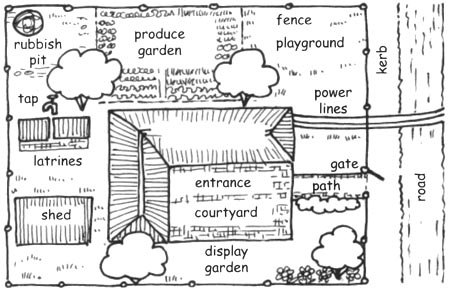
Today, more and more schools have school gardens in their facilities, but… Do we really know what a school garden is? Today we will talk about what should be the objectives of school gardens in infant and primary school and how to include the school garden in educational projects.
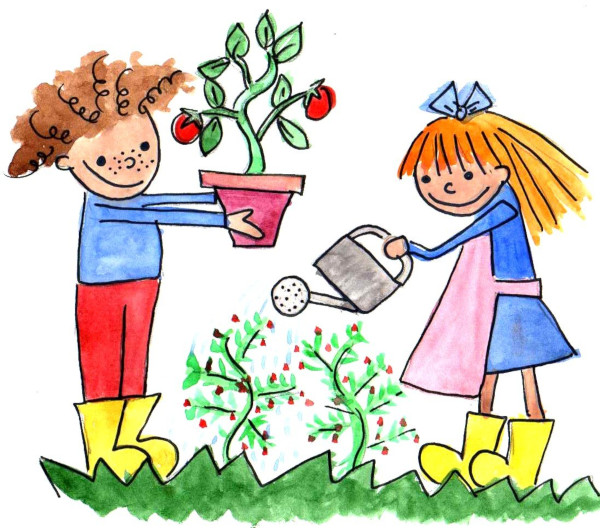
What is a school garden
A school garden is a space located within an educational center where fruits, vegetables, flowers and/or aromatic plants are grown, and where the activity of cultivating is used as an educational resource for learning and physical, mental and social development of children. the students.
According to the FAO, school gardens are a very useful learning platform to improve education and child nutrition; while promoting the conservation of the environment and the social, physical and mental well-being of the entire educational community.
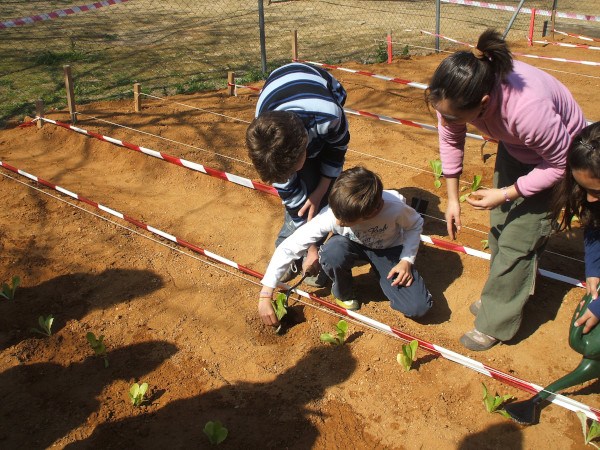
In order to obtain all these benefits from school gardens, the main thing is to know what the objectives of the school garden are, so that, knowing them, we can organize with the students the activities that lead us to achieve them.
Objectives of the school garden in infant, primary and secondary
The main objectives of a school garden should be the following:
- Improve the autonomy and independence of children and adolescents in carrying out tasks with space-time planning.
- Improve teamwork ability.
- Serve as rest, play and recreation while helping to maintain moderate physical activity that is very beneficial for children’s health.
- Improve the quality of teaching through a more dynamic and practical pedagogy.
- Strengthen theoretical knowledge and practical skills on botany, agriculture and horticulture through the cultivation of various types of plants.
- Link the activity in the school garden, both to games and recreation, as well as to the teaching of science subjects and, in the case of school gardens in infants, other subjects such as mathematics or reading (work in the garden It can be used, for example, to strengthen concepts such as addition and subtraction).
- Provide education on nutrition and organic farming to promote the production and consumption of healthy foods (such as fruits and vegetables) and a healthy lifestyle at home, also increasing families’ access to this information.
- Increase the nutritional quality of children’s diets and reduce the number of malnourished or inadequately fed children.
- Contribute to the sustainability of the planet through environmental awareness, and improve the attitude and knowledge of children regarding natural life, agriculture and rural life.
- Especially in underdeveloped countries, increasing school attendance and, in many households, compensating for the absence of parents in terms of the transfer of knowledge necessary for the vital development of children and young people or to promote income-generating opportunities thanks to cultivation in the homes.
- In cities, they help improve the urban environment and the sustainability of cities (capture of greenhouse gases, reduction of the carbon footprint, etc.).
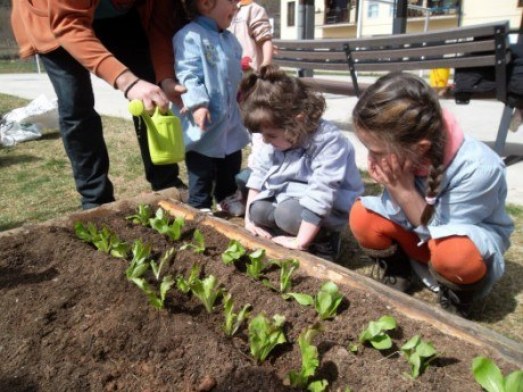
Benefits of school gardens
- If the food harvested in the school organic garden is consumed in the center itself, the garden becomes a source of food to improve the children’s diet and their health and, in addition, it implies a lower cost of diets prepared at school.
- It is a place to be in contact and learn about nature and agriculture, something that is very useful especially in schools in big cities where children are not used to being in contact with nature.
- Source of healthy influences: physical activity, nutritious and healthy snacks, children’s relationship with nature, etc.
- They raise children’s awareness of the environment and the importance of nutrition-related issues.
- Physical and mental well-being of children, who take pride in growing their own food while enjoying a relaxing outdoor activity.
- It encourages children to like many nutritious foods and encourages them and their families to consume a greater variety of foods and greater quantities of vitamins and minerals.
- They help fight against problems related to infant nutrition such as obesity or malnutrition.
- They are beneficial for learning (Confucius already said… «I listen and I forget; I see and I remember; I do and I understand»).
- They improve the intelligence of children.
- They promote entrepreneurial skills in students and favor the socio-economic development of families.
- They are an important social tool since the teamwork of the boys and girls of the class groups takes place in them, as well as their interaction with teachers, developing values of coexistence, participation and collaboration.
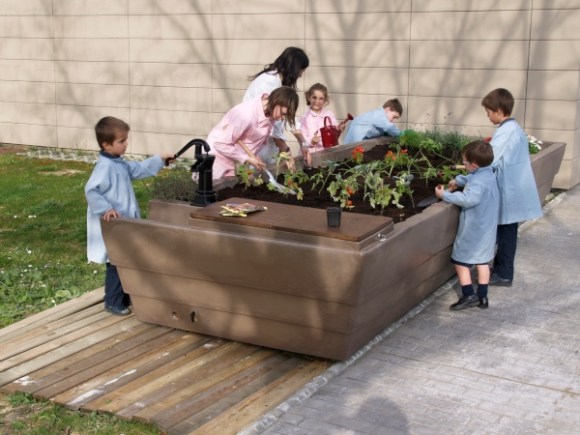
Types of school projects with a garden
There are many types of school gardens… as many as there are schools. In the first place, it is important to know where the school garden will be installed. Knowing the space we have will help us decide the type of garden.

For example, it is not the same to have a large piece of land (where it is possible to grow crops on the ground or even install greenhouses) than to install the school garden on the roof (in which case the best options are the cultivation tables since we would not have of natural soil), or to make a school garden in a courtyard (where we could, for example, install a vertical garden).
-
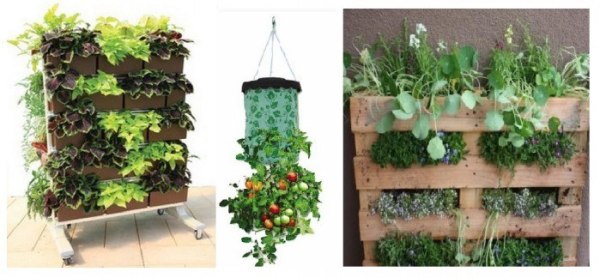
Grow Container Ideas for a Vertical Garden
In the post about Types of orchards and in the one about Types of cultivation containers for the urban garden you have more ideas for projects with school gardens.
From Agrohuerto we want to do our bit for the promotion of school gardens and educational projects with plants, and for this reason we have disclosed some experiences in different school gardens. When we were in China we had the opportunity to visit a large school garden in a middle school : the Garden of the Shangzhuang Middle School in Beijing.

In addition, in the article Garden in Nurseries, Álvaro told us about the objectives of the school garden in children and the activities carried out in the «Green Days» of one of the nurseries he visited.
Educational projects in the school garden
One of the options to carry out educational projects in the school garden are the recycling workshops.
In the articles on recycling (How to use recycled materials in the urban garden and Recycle in the garden) you can find some ideas with recycled materials that can be used in school gardens.
Composting workshops can also be useful and complementary to the theoretical teaching of some science subjects . In these workshops, students can learn how organic matter breaks down in the soil, what composting is, its benefits, and how compost is made.
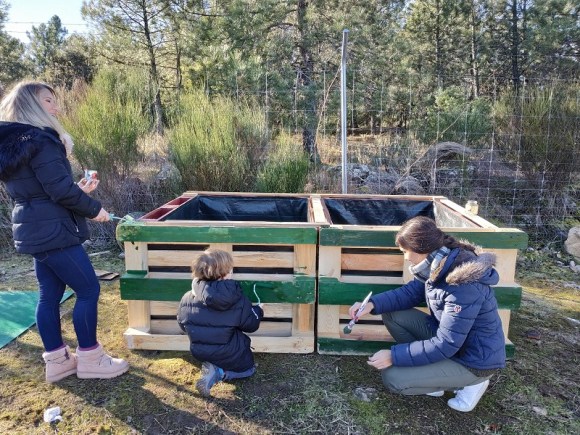
Another of the school projects on the urban garden could be to build a compost bin with pallets. These workshops encourage creativity, spatial vision and teamwork, while promoting actions that respect the environment, such as the separation and reuse of waste in homes.
How to make a school garden
The first thing to make a school garden is, as we saw above, to decide the location and to know the space that we have to be able to choose the type of garden.
Then it will be necessary to decide what to grow in the school garden, since the size of the cultivation containers (if it is not done directly on the ground) will depend on the types of plants chosen.
It is also important to know if there are water intakes near where the orchard will be installed, which will help us choose the most appropriate irrigation system.
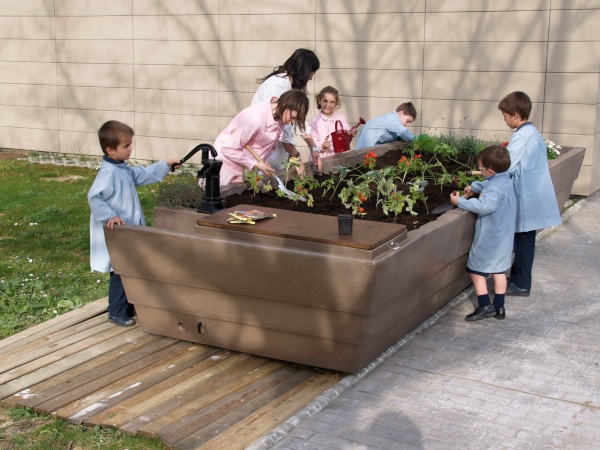
Planning the different tasks in the garden (fertilizing, planting seedbeds, planting the school garden, etc.) is the next step in carrying out a school garden project.
In the post How to make a garden at home and grow your own food you have more details on how to make a garden step by step.
In addition, the FAO published in 2006 a document of more than 200 pages that could be very useful for teachers and those in charge of organizing the school garden. It is entitled “Create and manage a school garden. A manual for teachers, parents and communities» and covers the process of creating and managing a school garden from scratch (materials, what plants to grow, etc), as well as nutritional sheets and crop sheets for activities with students. (The link to this document can be found in the References section, at the end of the post, along with a guide for the school garden for children published by the Andalusian Government in 2014).
What can be planted in a school garden
For at least the first year, it would be best to start with easy-to-grow plants or beginner plants, such as lettuce, garlic or medicinal herbs, but there are hundreds of options (Use the search engine above to find your favorite crops).
In the post What plants to grow in the garden you have some ideas, and you will see that flowers and other beneficial plants such as aromatic plants can also be planted in the school garden.
School Garden Tools and Materials Needed
They will not be different from those necessary in any orchard. In the post Gardening Tools you have the most important ones.
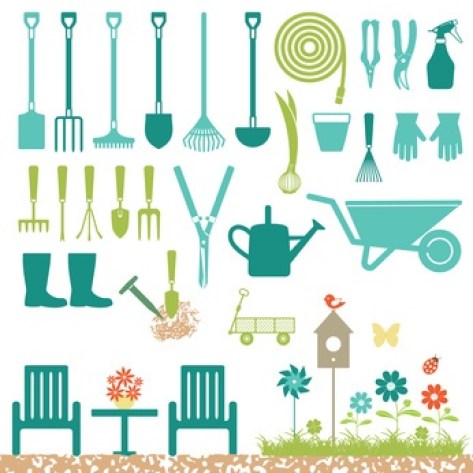
References
- FAO, 2006. Create and manage a school garden. A handbook for teachers, parents and communities. ISBN 978-92-5-3054.
- Ministry of Education of Cantabria, 2007. Ecological Program for Orchards and School Gardens. Advice guide for its implementation. ISBN: 978-84-95302-45-4.
- Blair, D., 2009. The child in the garden: an evaluative review of the benefits of school gardening. The Journal of Environmental Education, Vol. 40 (2), p. 15-38.
- FAO, 2010. New School Garden Policy. ISBN 978-92-5-106615-5.
- Rodríguez Haros, B. et al., 2013. School garden: educational strategy for life. Ra Ximhai Journal of Society, Culture and Sustainable Development, vol. 9, special 1, p. 25-32.
- Junta de Andalucía, 2014. Our Garden: Book of Early Childhood and Primary Education. Agricultural and Fisheries Management Agency. Junta de Andalucía (Spain).

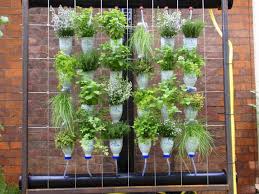
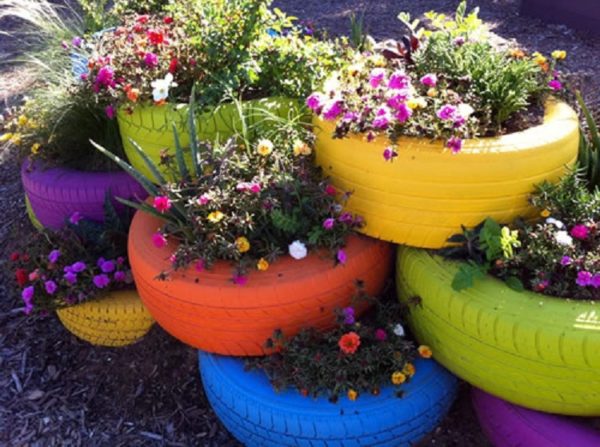

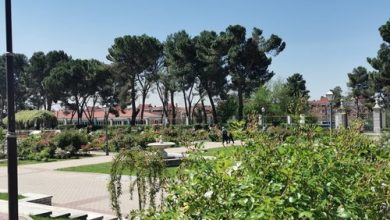
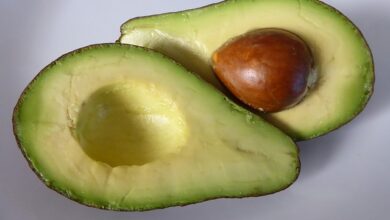
![Photo of Mushroom Cultivation: [Care, Sowing, Irrigation, Substrate and Pests]](https://www.complete-gardening.com/wp-content/uploads/2022/08/mushroom-cultivation-care-sowing-irrigation-substrate-and-pests-390x220.png)